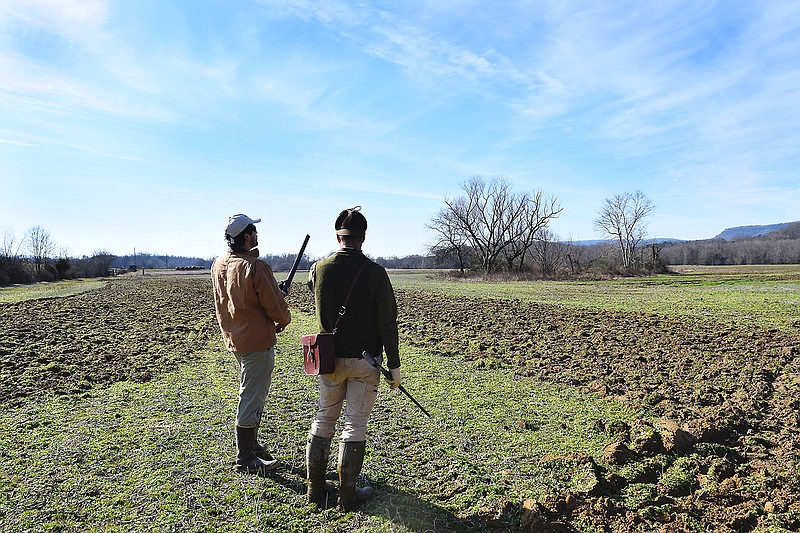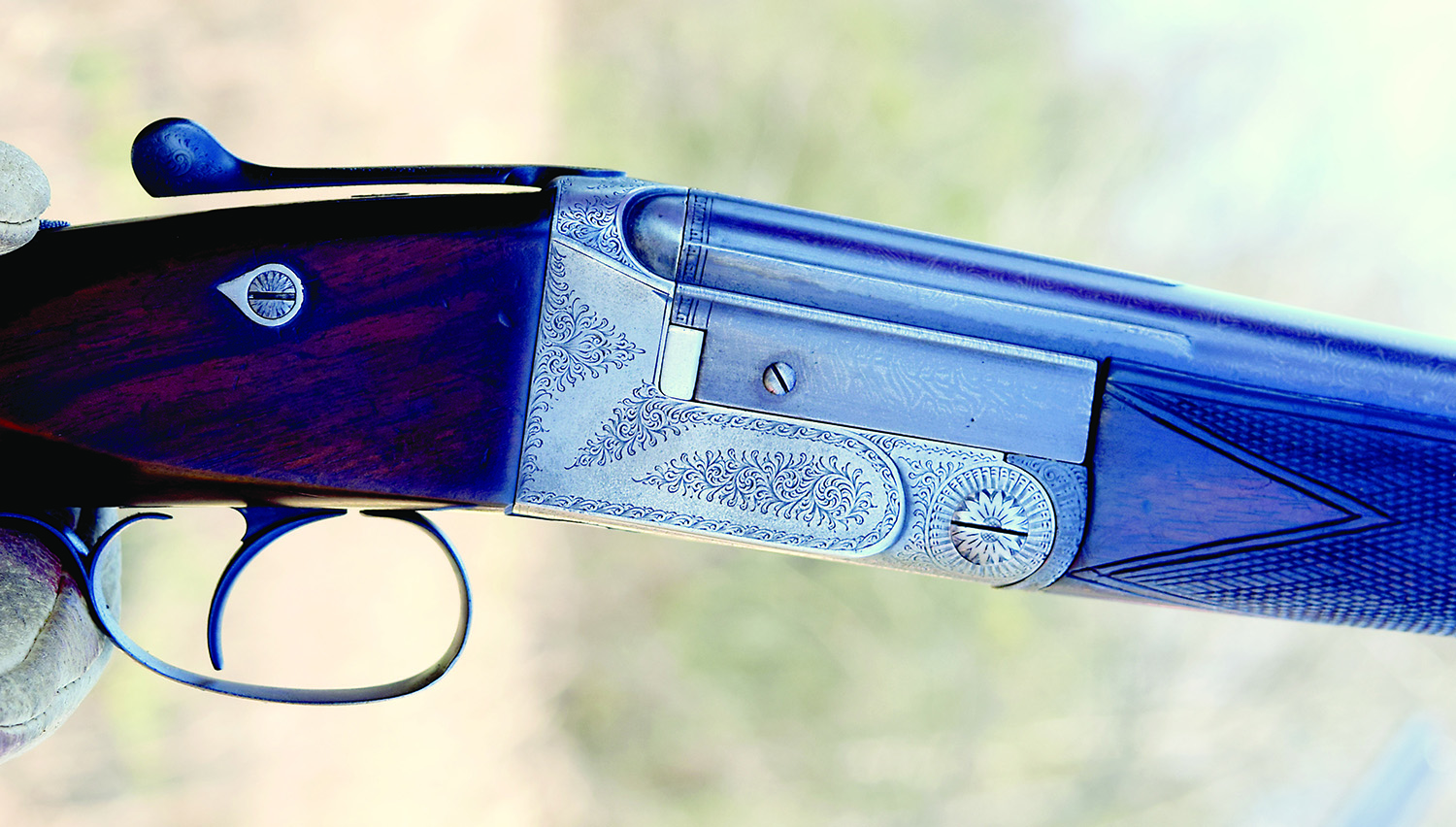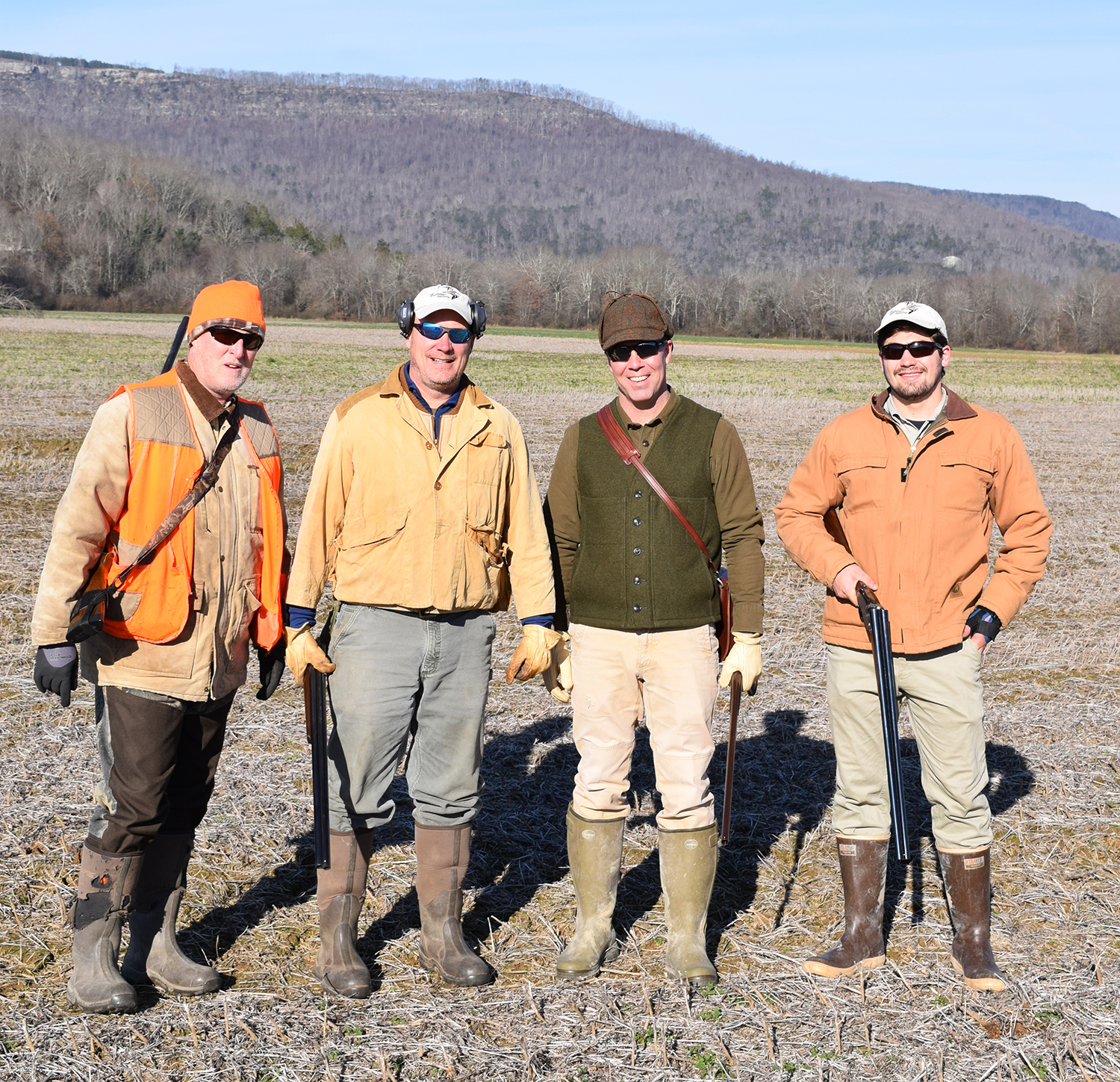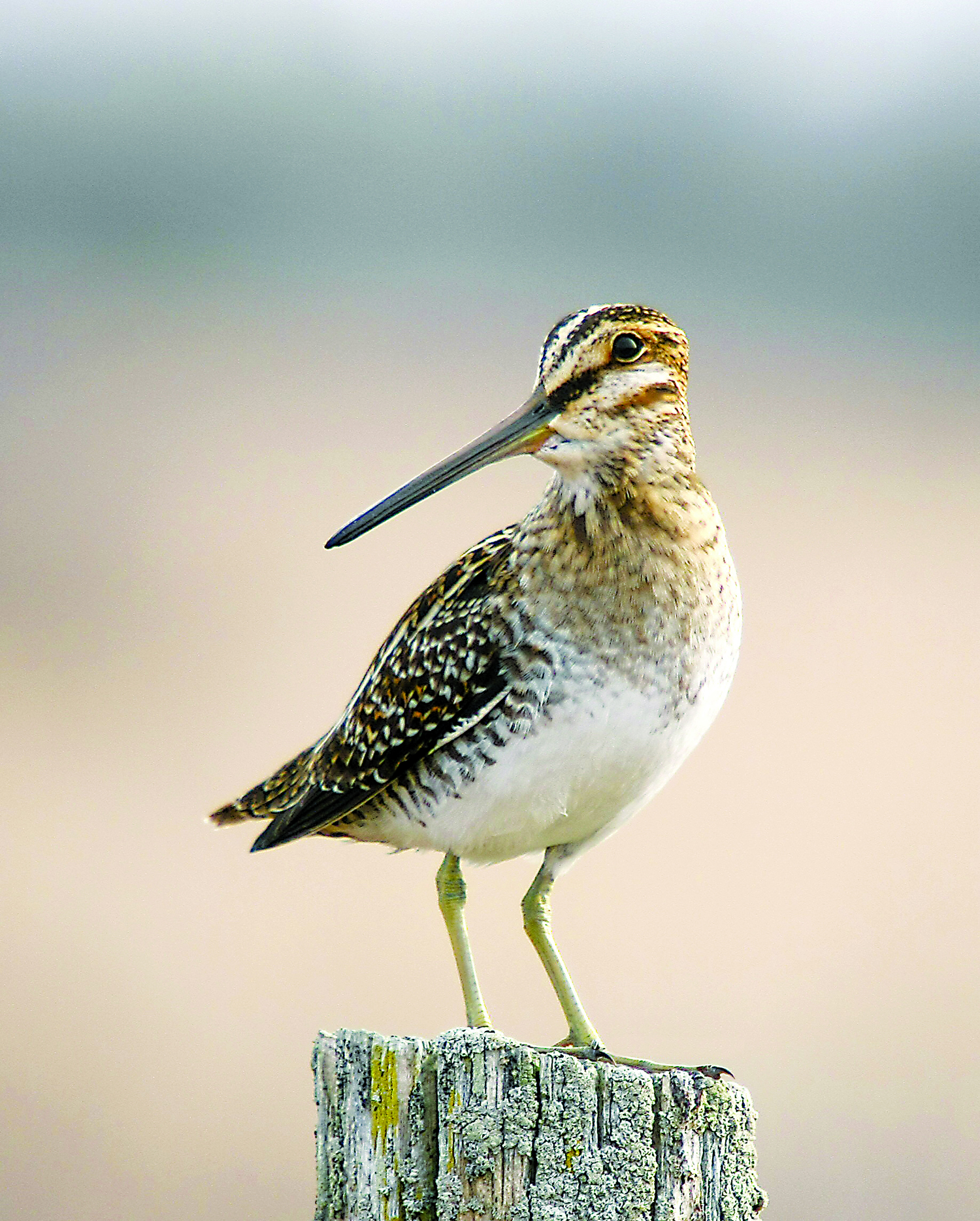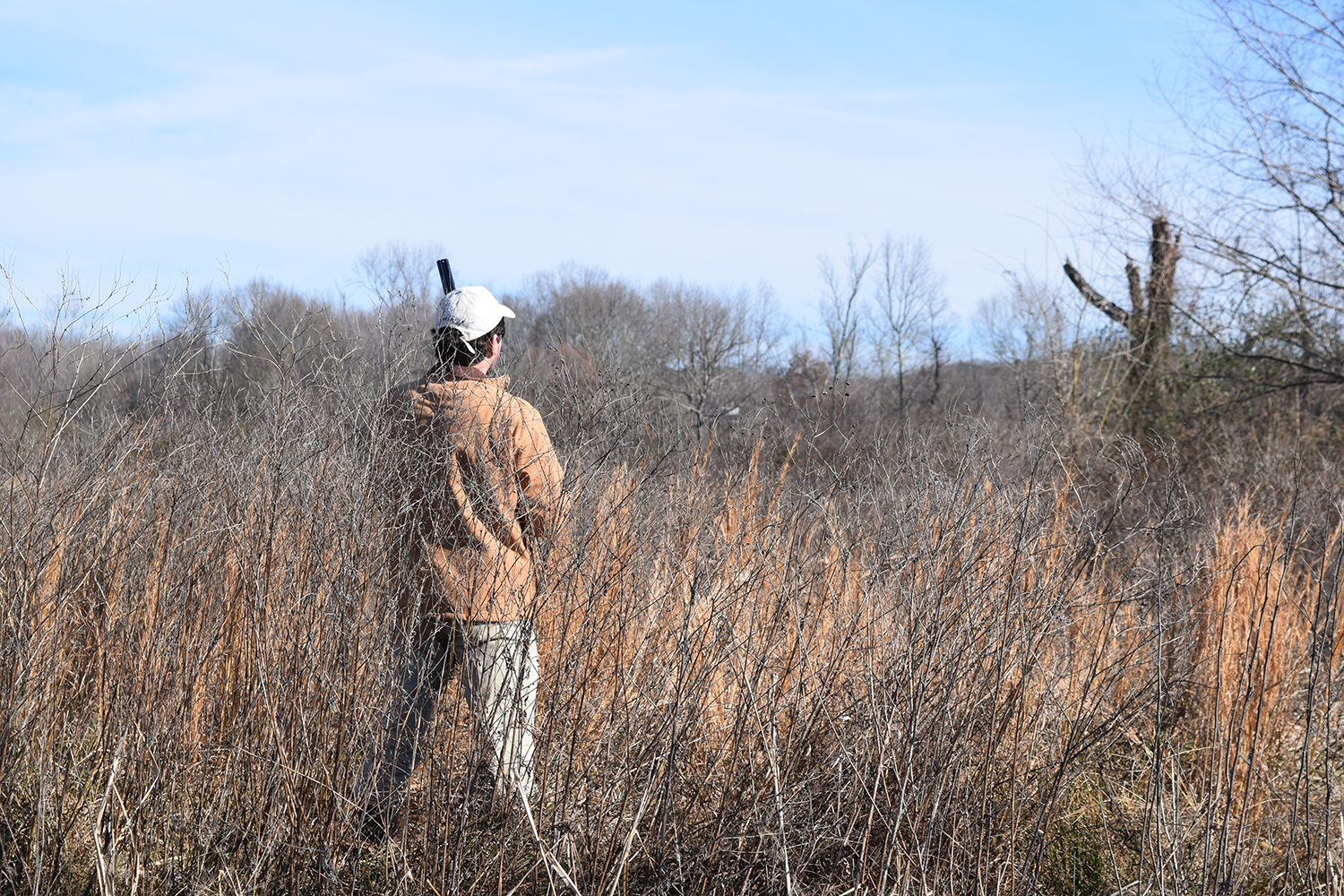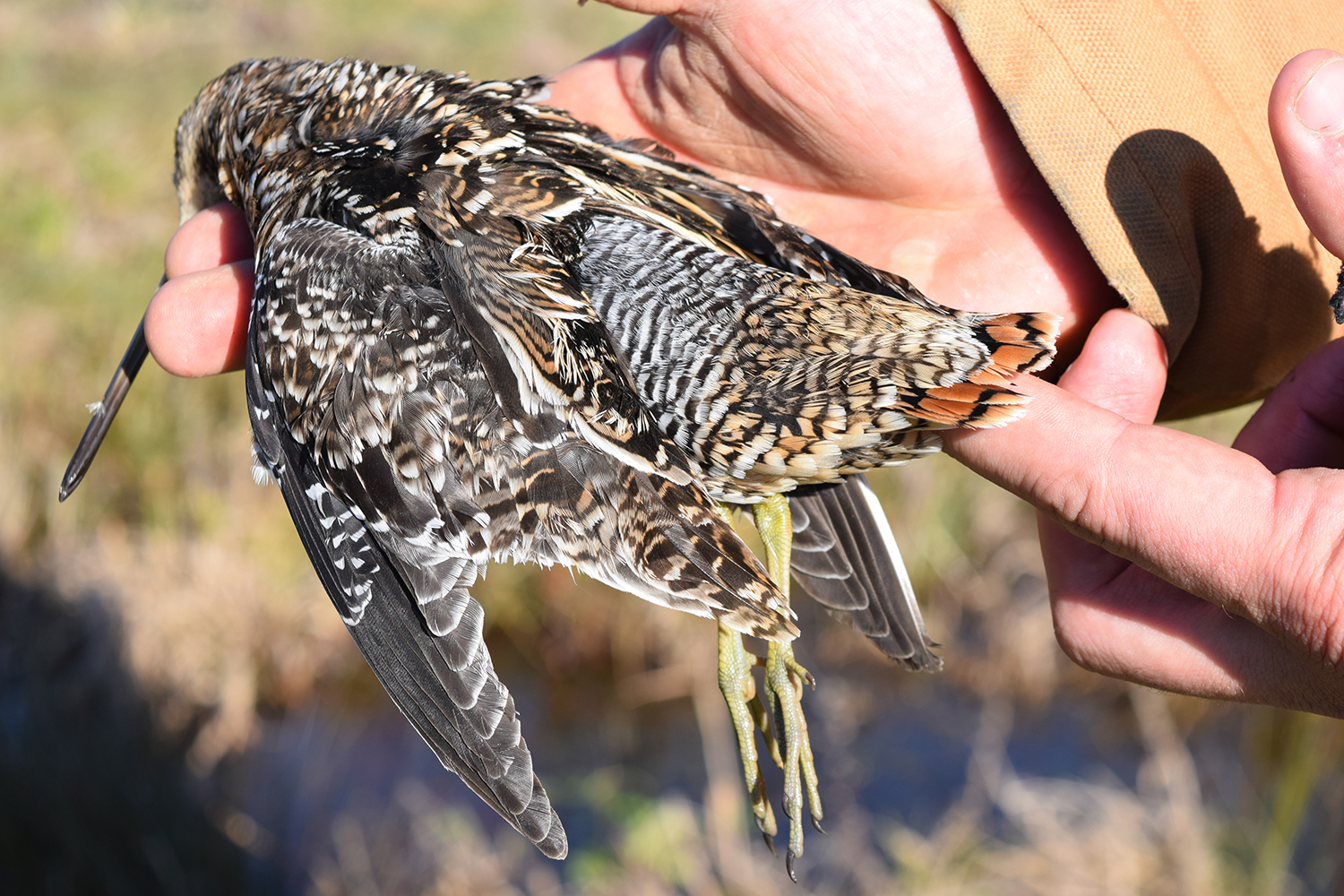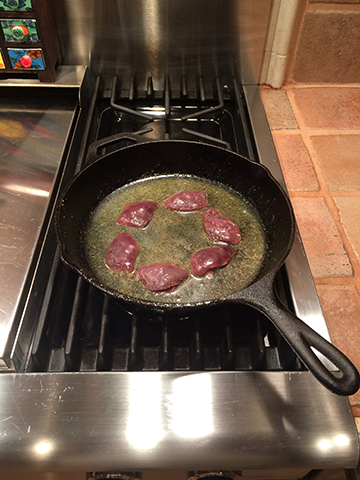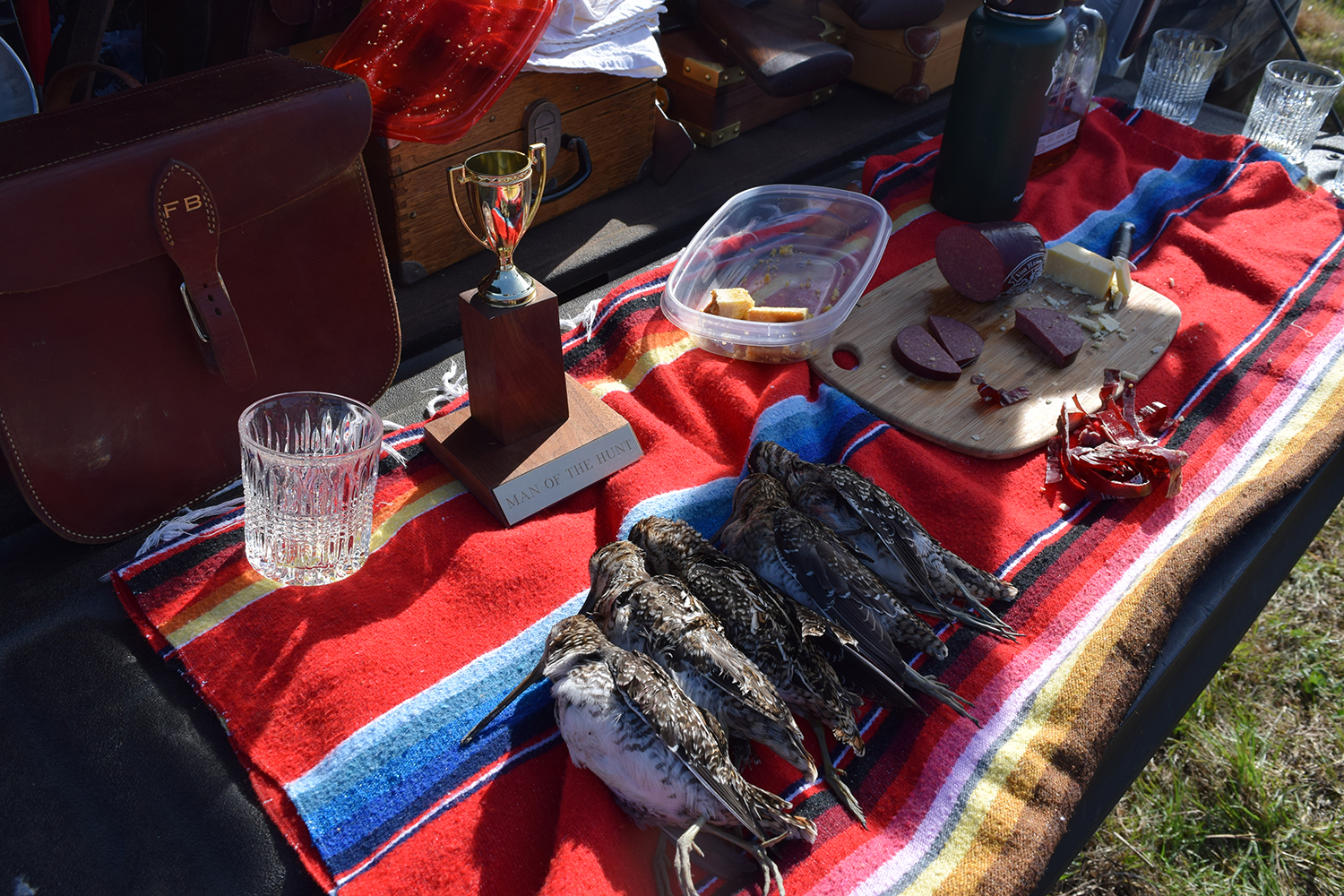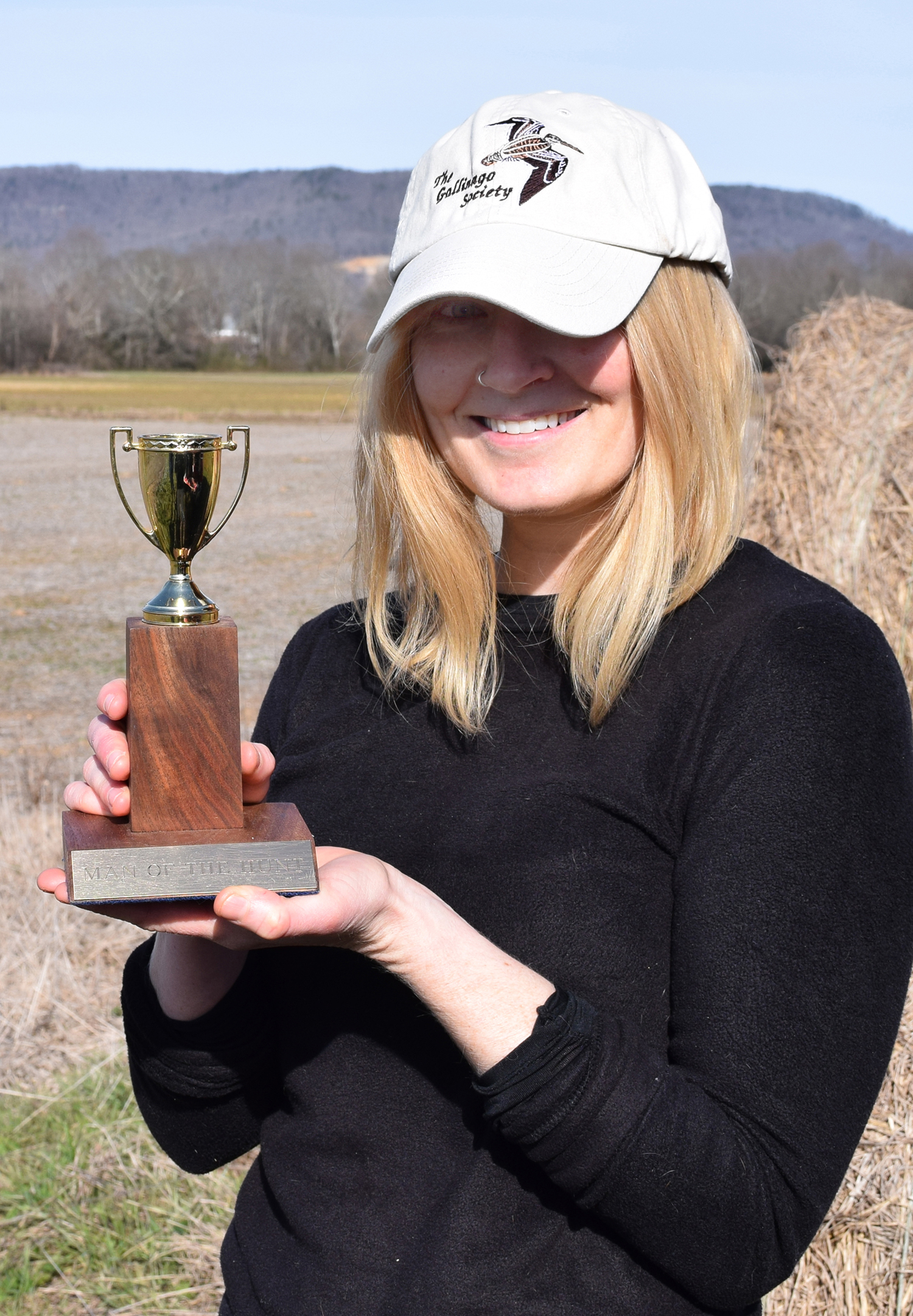The morning of my first hunt was clear and cold.
"Perfect snipe weather," said Rick Huffines, veteran hunter of the mysterious bird.
Huffines is director of the Tennessee River Gorge Trust, but that day, he traded his conservation hat for a tweed deerstalker-style cap - an important part of his ensemble as a self-proclaimed "gentleman hunter."
We bounded west from Chattanooga, over Nickajack Lake and into Jasper, Tennessee. Alongside Highway 28, Huffines turned his truck onto private farmland. There, we parked at the edge of a vast flat field, dappled with mud and frozen soybean stalks. Two more trucks followed, the other members of our hunting party, which included a biologist, a professor, a train engineer and me, the journalist, carrying a notepad in lieu of a shotgun.
"I have one chance; the snipe has one chance. And the snipe wins most of the time," Huffines said.
"They come up like a bolt of lightning, with more tricks than a hummingbird. They're zigging; they're zagging," Huffines said.
Moreover, the snipe is not well studied, making its behavior difficult to predict.
But bagging snipe is not what draws Huffines to the field. Rather, he goes to commune with nature and his comrades. Plus, Huffines added, "I like to reaffirm that I can feed myself."
At the end of each hunt, Huffines organizes a celebration, complete with cheese, smoked sausage and bourbon thoughtfully arranged atop a quilt spread across his tailgate. As the men feast, they discuss the winner of that day's hunt, for whom Huffines has made a special trophy engraved with the words "Man of the Hunt."
The goal of this ceremony, said Huffines, is to create a tradition honoring the hunter's reverence and the snipe's wiles.
The trophy is awarded based on four criteria: shooting prowess, safety, manners and attire. "We don't dress up, but we kind of do," said Huffines, who describes his hunting outerwear style as "Britt-billy," a look that blends British hunting and American hillbilly style.
During our hunt, Huffines wore sand-colored canvas pants, olive-colored shirtsleeves, matching wool vest and that deerstalker cap, characterized by having bills on both the front and back.
"I call it my push-me-pull-me hat," Huffines said.
The other men simply wore earthy-colored pants and canvas coats. I donned a pair of jeans, a black knit sweater and a vintage tweed blazer I'd purchased specially for this assignment, and which I huddled into as we started out into the open, breezy pasture.
We began the hunt by following a shallow, wet ravine across the field. I stayed a few steps behind the four men, their shotgun muzzles pointed to the sky, their fingers off the trigger - important parts of gun safety. As we crept quietly along, we searched the ground for evidence of the bird. The snipe, I learned, feeds on worms and small insects by inserting its long beak into the mud. "Probe-holes mean you're in a birdy spot," Huffines said, toeing a spot on the earth freckled by pin-like pricks.Twenty feet away, a snipe suddenly burst with a hiccup from a patch of dry grass. Nearby, another followed. Then another, flashing its white belly as it twisted through the air. The men pitched their shotguns to their shoulders.
Pop! Pop! Pop!
Seconds later, all was still again, the acrid scent of gun smoke the only indication that anything had happened at all. I looked to the men. What exactly had happened, I wondered?
"Two down!" Huffines called, picking his way through the mud toward a tangle of low brush. There, he retrieved one of the dead birds, its mottled feathers sticky with pink blood.
"Can I hold it?" I asked.
Huffines passed me the snipe, its body remarkably soft and light. I thumbed its scaly legs and rubbery beak. I waited to feel remorse, but instead, I felt awe. Moments ago, I had only ever seen a photograph of the snipe. Now, I cradled one in the palm of my hand - along with the responsibility of knowing that I was a predator, the snipe was prey, and this profound relationship connected us across millennia.
We continued the hunt, stomping through mud so thick it sucked the rubber boots from my feet. We waded through waist-high grasses, toward Jasper Mountain, which appeared like a sleeping giant against the horizon. One of the hunters - the train conductor - stopped and pointed toward the treeline. There, a small flock of killdeer foraged insects in the grass.
"If you don't see killdeer, you don't see snipe," Huffines said. Killdeer, like snipe, are ground-nesting shorebirds. However, unlike snipe, they are not game birds and therefore are illegal to hunt. But while killdeer are a promising sight, the snipe remains illusive.
"They're not holding tight at all today," Huffines said. "That's why more people don't hunt snipe. You just can't pattern them."
"That's OK," Huffines said when the birds disappeared back into their brushy refuge. "Long live the snipe."
